About the Series
It looks like youve discovered the Guides for the Prairie Gardener. This budding series puts the combined knowledge of two lifelong prairie gardeners at your grubby fingertips. Whether youve just cleared a few square feet for your first bed of veggies or are a seasoned green thumb stumped by that one cultivar you cant seem to master, we think youll find Janet and Sheryl the ideal teachers. Find answers on seeds, soil, trees, flowers, weather, climate, pests, pots, and quite a few more. These slim but mighty volumes, handsomely designed, make great companions at the height of summer in the garden trenches and during cold winter days planning the next season. With regional expertise, elegance, and a sense of humour, Janet and Sheryl take your questions and turn them into prairie gardening inspiration. For more information, and for other titles in the series, visit touchwoodeditions.com/guidesprairiegardener.
Table of Contents
Landmarks
Copyright 2020 by Janet Melrose and Sheryl Normandeau
All rights reserved. No part of this publication may be reproduced, stored in a retrieval system, or transmitted in any form or by any means, electronic, mechanical, photocopying, recording, or otherwise, without the prior written permission of the publisher. For more information, contact the publisher at: touchwoodeditions.com.
The information in this book is true and complete to the best of the authors knowledge.
All recommendations are made without guarantee on the part of the authors or the publisher.
Copy edited by Paula Marchese
Design and Illustration by Tree Abraham
Photos by Janet Melrose and Sheryl Normandeau unless otherwise noted.
library and archives canada cataloguing in publication
Title: The Prairie gardeners go-to for vegetables / Janet Melrose and Sheryl Normandeau.
Names: Melrose, Janet, 1954- author. | Normandeau, Sheryl, author.
Description: Series statement: Guides for the Prairie gardener | Includes index.
Identifiers: Canadiana (ebook) 20190207256 | ISBN 9781771513135 (ebook)
Subjects: LCSH: Vegetable gardeningPrairie Provinces.
Classification: LCC SB323.C3 M45 2020 | DDC 635.09712dc23
TouchWood Editions gratefully acknowledges that the land on which we live and work
is within the traditional territories of the Lkwungen (Esquimalt and Songhees),
Malahat, Pacheedaht, Scianew, TSou-ke and WSNE (Pauquachin, Tsartlip,
Tsawout, Tseycum) peoples.
We acknowledge the financial support of the Government of Canada and the Province of British Columbia through the Book Publishing Tax Credit.
Dedicated to all prairie gardeners
Introduction
Full disclosure: We are really into vegetable gardening! We cant get enough of the thrill of nurturing a tiny seed into a juicy, flavourful tomato, scooped fresh from the plant; questing for potatoes, snugged into hills of warm soil; or grilling up sweet cobs of corn weve grown ourselves at a family barbecue.
We know you feel the same way, and you want your vegetable gardens to be healthy, sustainable, and bountiful. We want to help you work withnot fightour admittedly interesting climate. We talk a little about botany, so that you can understand how and why specific plants grow the way they do. We also help you troubleshoot when cultural or environmental conditions cause hiccups or wreak havoc with your crops. We often hear the words challenging or daunting to describe prairie gardening, but our goal is to give you the information and tools you need to soften that term a little and bring it much closer to rewarding.
As you read this book, youll find that as we work through the individual answers to your questions, we are also dedicated to helping you become long-term vegetable gardeners, focused on creating healthy gardens that will sustain you, your family, and your community for years to come. We want to encourage you to think about the reasons why its so important to grow your own vegetables (and other edibles). Producing your own food and bringing it from seed to the table is a powerful way to become more self-reliant and to take back ownership of our sustenance. Food becomes the stuff of life, not just something wrapped in plastic or shoved into boxes on the shelves at the grocery store. We want to emphasize how every living creature works within ecosystems and how we, as gardeners, are responsible for supporting and promoting those life cyclesafter all, we are part of them.
From planning to planting, we encourage you to take a fully hands-on approach with your gardens. This includes knowing whenand how!to transplant your carefully nurtured seedlings in the spring, ways to shelter your plants from that inevitable July hailstorm, and determining how much irrigation is necessary in our arid climate. Were going to help you figure out if you should prune your tomatoes, what types of supports you should use to hold up your pumpkins off the ground, and how to maximize your harvest by planting in succession. And were going to show you how you can directly influence the quality of your produce, minimizing problems such as woody radishes, buttoning cauliflower, and split cabbage heads.

Whether youve just acquired your first garden space, or youve been growing vegetables for decades, gardeners are always learning and experimenting, building on experiences and wisdom gained on their own or from others. We want to be a big part of your continuing (ad)ventures and help you achieve success in your prairie gardens! This is not an exhaustive list, but it covers the most common questions that weve been asked over the years. Lets get started! SHERYL NORMANDEAU & JANET MELROSE
Define your veggies!
Figuring out what exactly a vegetable is can differ depending on your perspective. Take a look:
Botanically, a vegetable is... well, not a fruit. A fruit has an actual scientific definition: It is the fertilized, developed ovary of a seed. (There are a few exceptions, however. Some plants exhibit parthenocarpy, where the fruit matures without fertilization.) A vegetable is pretty much every other part of a plant that is edible, typically categorized by leaves, stems, roots, tubers, bulbs, andjust to make things a bit fuzzysome flowers (for example, cauliflower and broccoli) and some seeds (like peas).
In common usage, we complicate matters somewhat by calling botanical fruits, such as tomatoes and squash, vegetables. Rhubarb is a prime example of a vegetable categorized as a fruit.
The culinary definition of a vegetable is subjective, based on taste. Generally speaking, if the plant parts are used in savoury dishes, they are usually considered to be vegetables, while plant parts used in sweet dishes are fruits. And then theres the fact that many of us love carrot cake...
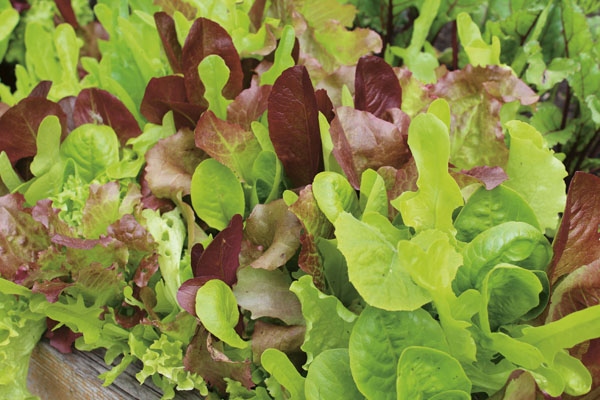
Grow your greens! (And your reds and purples...)
Cultivation Practices
How much water do vegetables need?
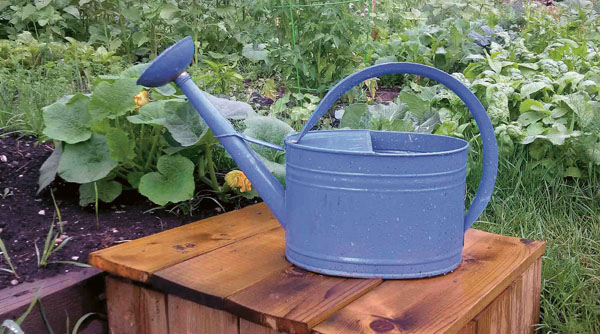
Getting the right amount of water to your plants, when they need it, is essential.
Back in the summer of 2016, many gardeners in Calgary learned a valuable lesson. That summer it rained and rained from June through to the end of August. It was the summer of the monsoon, and gardeners loved it, though sun lovers despaired. For those months, the soil was moist all the way through the soil profile.

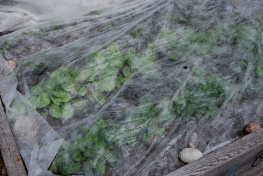
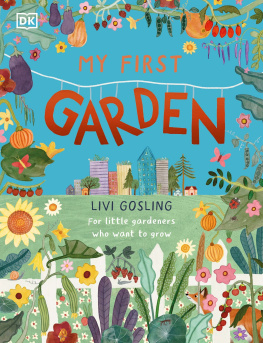

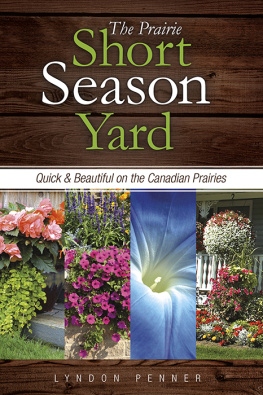

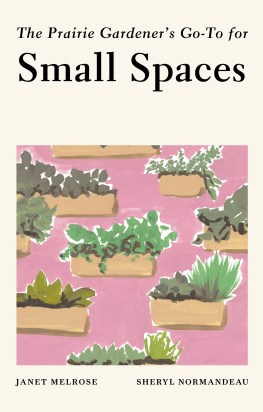
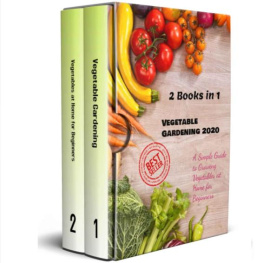
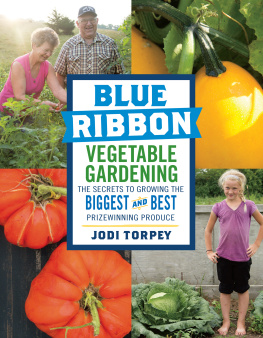

 Grow your greens! (And your reds and purples...)
Grow your greens! (And your reds and purples...)  Getting the right amount of water to your plants, when they need it, is essential.
Getting the right amount of water to your plants, when they need it, is essential.